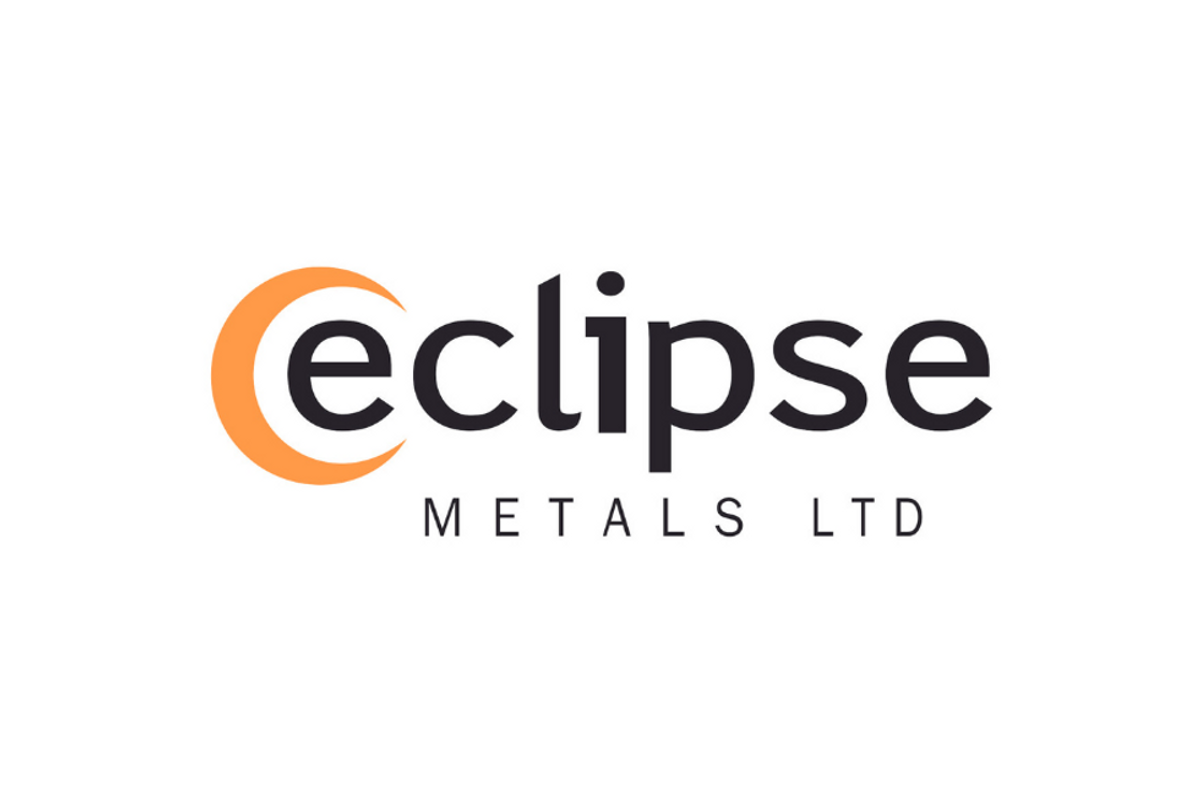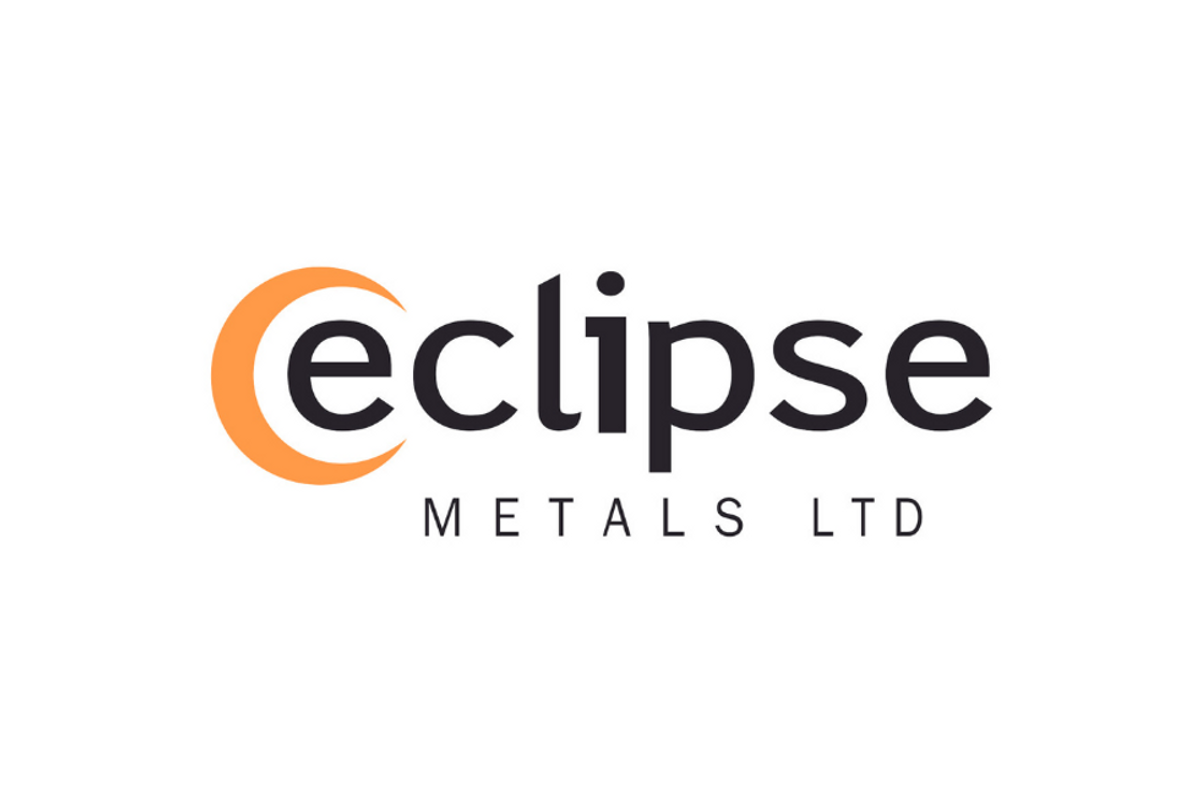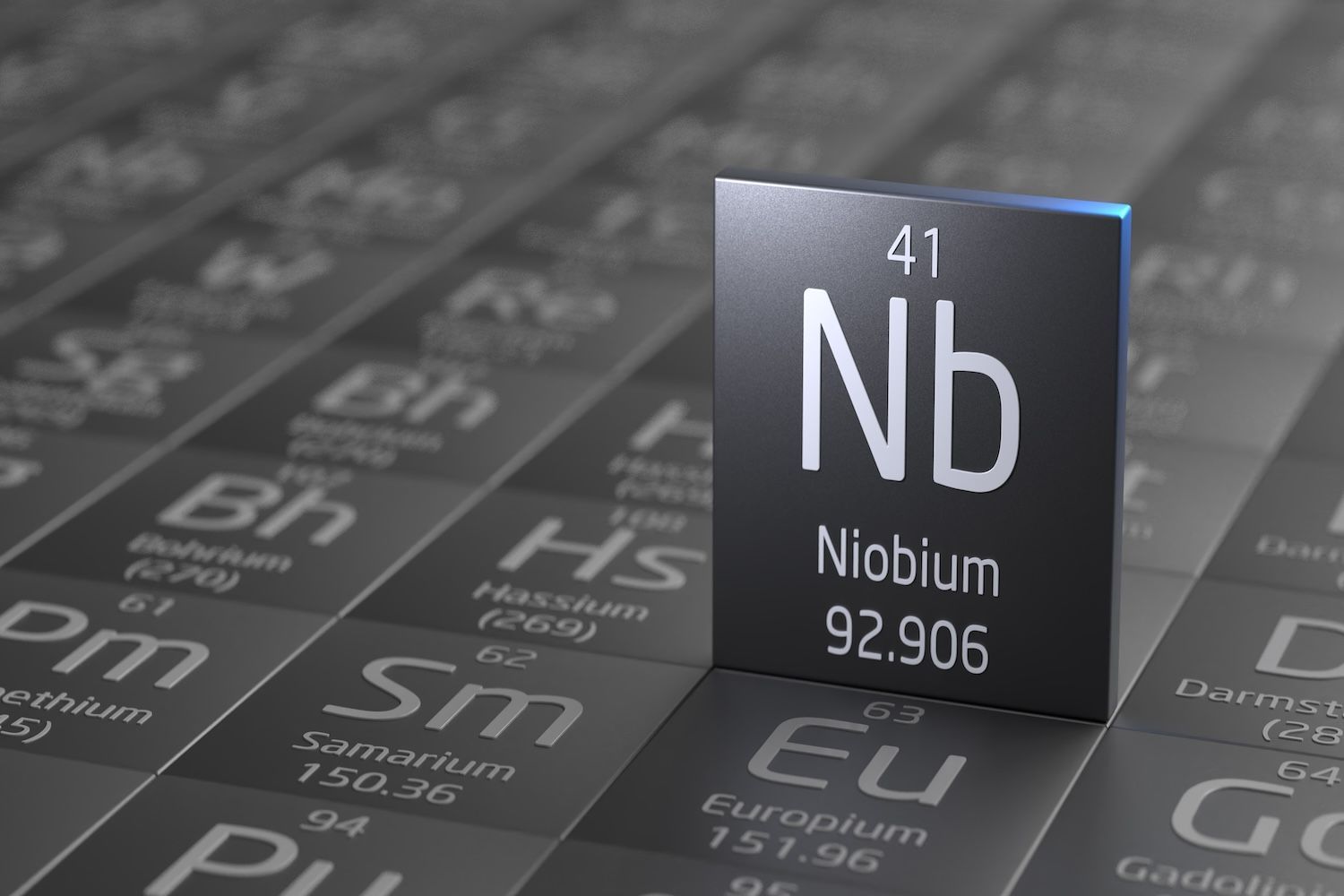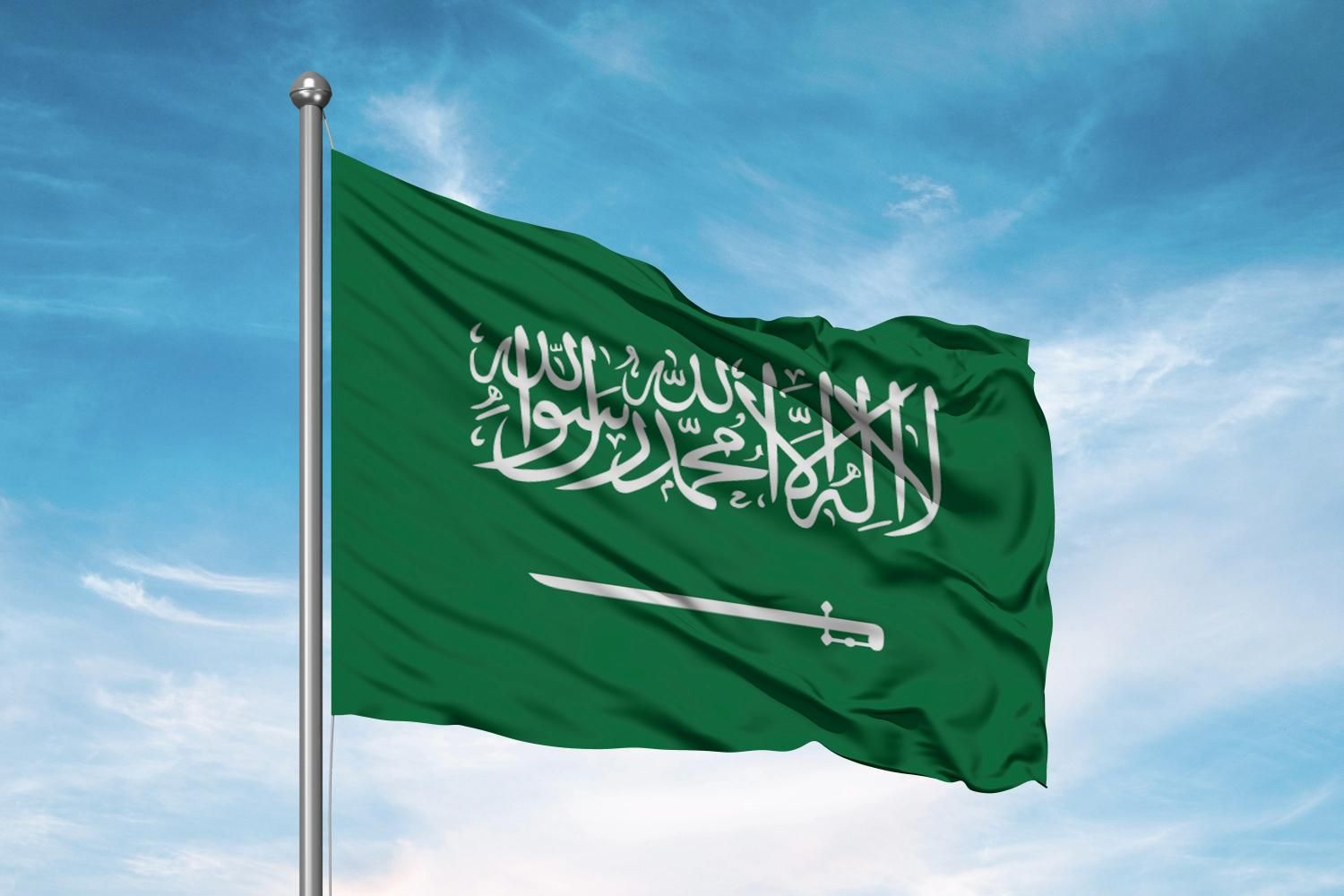
- NORTH AMERICA EDITIONAustraliaNorth AmericaWorld
June 09, 2025
Eclipse Metals Limited (ASX: EPM) (Eclipse or the Company) is pleased to advise that it has received firm commitments to raise $2 million (before costs) through a placement to institutional, professional, and sophisticated investors (Placement). The Placement was strongly supported, and the Company has accepted $2 million in line with its strategic funding objectives. Allocations were scaled back accordingly.
Highlights
- Firm commitments received to raise $2 million via an oversubscribed Placement conducted at no discount to the last traded price of $0.015
- Placement was cornerstoned by an existing shareholder with a $500,000 commitment
- Proceeds to advance environmental and exploration programs at Ivigtût and Grønnedal
- Supports evaluation of historical drill core and definition of new drill targets
- Reinforces Eclipse’s strategic role in the global rare earth supply chain
The Placement was cornerstoned by a supportive existing shareholder, who subscribed for $500,000, reflecting continued confidence in Eclipse’s long-term strategy and the potential of its Greenland assets.
The Placement follows the Company’s recent announcement of an 89 million tonne Mineral Resource Estimate at the Grønnedal rare earth element (REE) deposit in southwest Greenland. Investor interest reflects recognition of the scale and quality of this resource, as well as the broader critical minerals potential of the project.
Under the Placement, Eclipse will issue 133,333,333 fully paid ordinary shares at an issue price of $0.015 per share. In addition, 33 million unlisted options (Options) will be issued to the Lead Manager, exercisable at $0.03 each and expiring two years from the date of issue.
Placement funds raised will be used for the following:
- Exploration and resource expansion drilling at the Grønnedal rare earth element (REE) prospect
- Environmental baseline and remediation planning at the historic Ivigtût pit
- Assessment and mineralogical analysis of historical drill core to enhance geological understanding
- General working capital and costs associated with the Placement
The Placement will be undertaken within the Company’s existing placement capacity under ASX Listing Rules 7.1 and 7.1A and will not require shareholder approval.
Peak Asset Management acted as Lead Manager to the Placement.
Click here for the full ASX Release
This article includes content from Eclipse Metals, licensed for the purpose of publishing on Investing News Australia. This article does not constitute financial product advice. It is your responsibility to perform proper due diligence before acting upon any information provided here. Please refer to our full disclaimer here.
EPM:AU
The Conversation (0)
25 March 2024
Eclipse Metals
Pursuing Multi-commodity Assets to Support Decarbonization
Pursuing Multi-commodity Assets to Support Decarbonization Keep Reading...
26 November
Raises $2.25M to Expedite Developing Harts Range Project Post Metallium Deal
New Frontier Minerals Ltd (LSE and ASX: NFM) is pleased to advise that it has received firm commitments to subscribe for A$2,250,000 (before costs) through a placement of 107,142,857 shares ("New Share") to professional and sophisticated investors at an issue price of $0.021 per share... Keep Reading...
25 November
China’s Rare Earths Crackdown Puts MP Materials in the Spotlight
For years, rare earths have been discussed mostly in times of crisis — a supply scare here, a geopolitical flare there. This year, the strategic minerals are again taking center stage as China reasserts control over the sector.The latest round of rare earths policy shifts has put new attention... Keep Reading...
25 November
WA1 Resources’ Luni Niobium Asset Gains Major Project Status
WA1 Resources (ASX:WA1) said that the Australian government has granted its flagship Luni niobium project Major Project Status.The company added that this designation highlights Luni’s national significance and its potential to strengthen Australia’s economy. The status also provides case... Keep Reading...
20 November
MP Materials, US Department of Defense Strike Saudi Rare Earths Refinery Deal
MP Materials (NYSE:MP) and the US Department of Defense have entered into a joint venture with Saudi Arabia’s Maaden to build a rare earths refinery in the Kingdom, marking the first major project under a new US-Saudi critical minerals cooperation framework signed in Washington this week.The... Keep Reading...
19 November
Start of Cross-Trading on OTCQB Venture Market
Appointment of U.S. Broker and Financial Advisor
Harena Rare Earths Plc (LSE: HREE), the rare earths company focused on the Ampasindava ionic clay rare earth project in Madagascar (the "Ampasindava Project"), is pleased to announce that its ordinary shares of 0.5 pence each ("Ordinary Shares") have been approved to trade on the OTCQB Venture... Keep Reading...
19 November
Australia's Gina Rinehart Now Top MP Materials Shareholder
Gina Rinehart, owner and CEO of private Australian mining company Hancock Prospecting, has become the largest shareholder of rare earths company MP Materials (NYSE:MP). Rinehart's stake in MP, which she owns via Hancock, now stands at 8.4 percent. According to Bloomberg, Hancock added 1 million... Keep Reading...
Latest News
Latest Press Releases
Related News
TOP STOCKS
American Battery4.030.24
Aion Therapeutic0.10-0.01
Cybin Corp2.140.00





